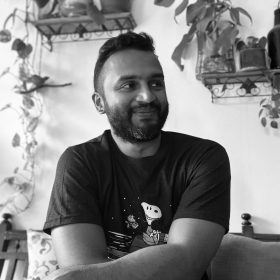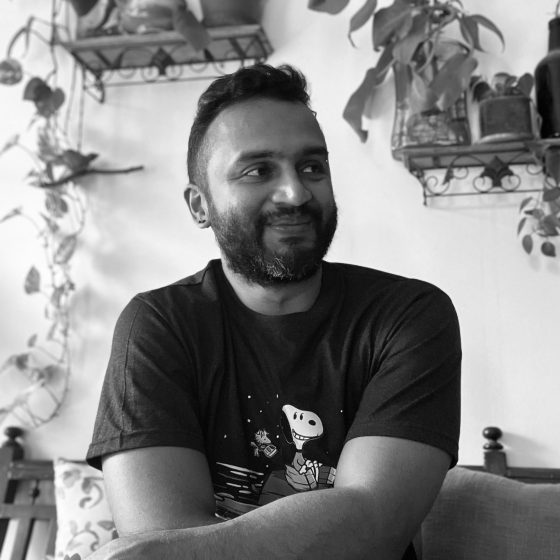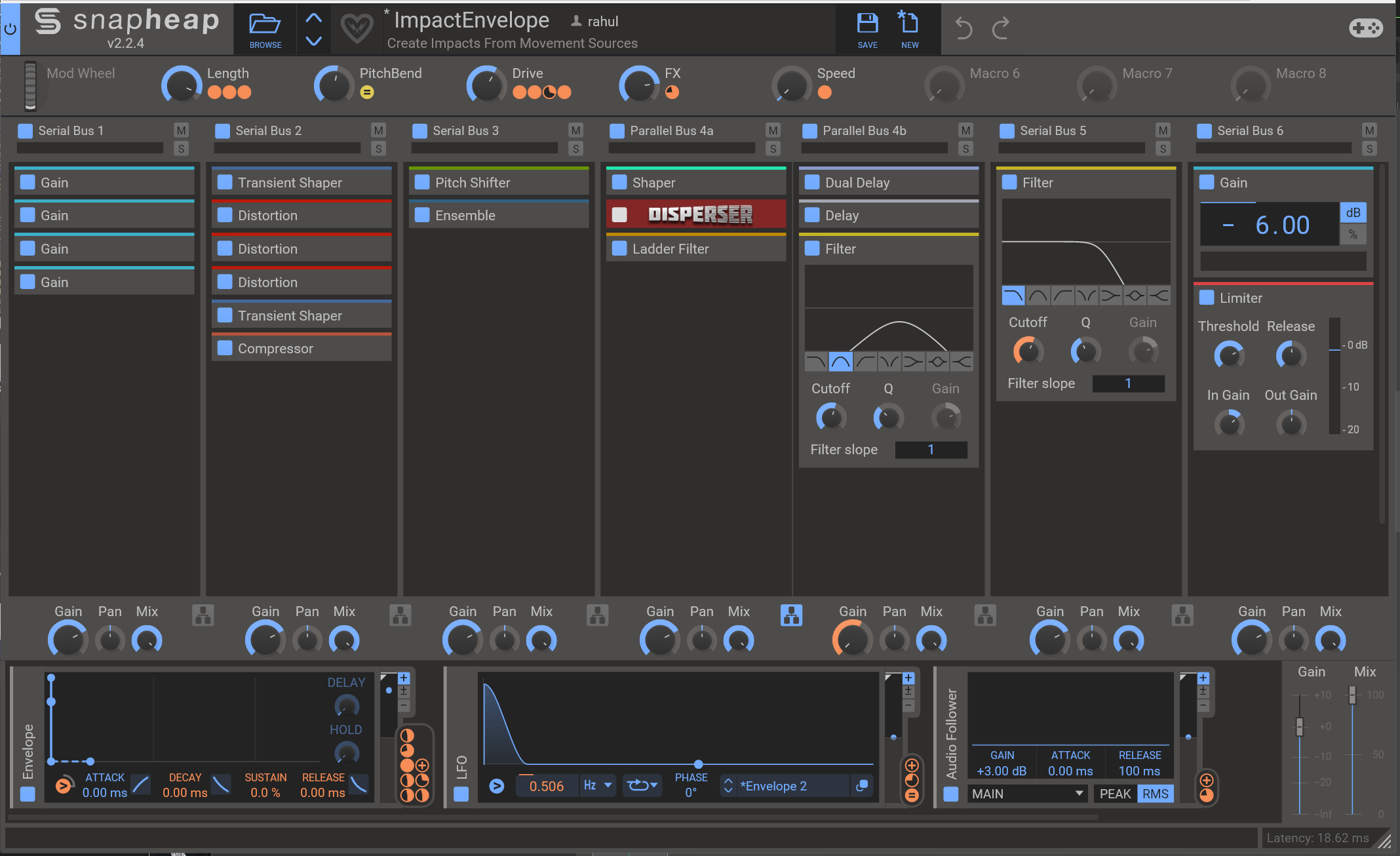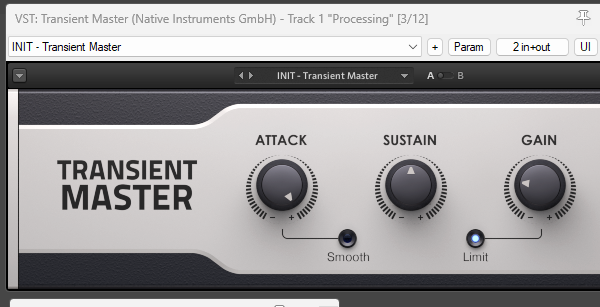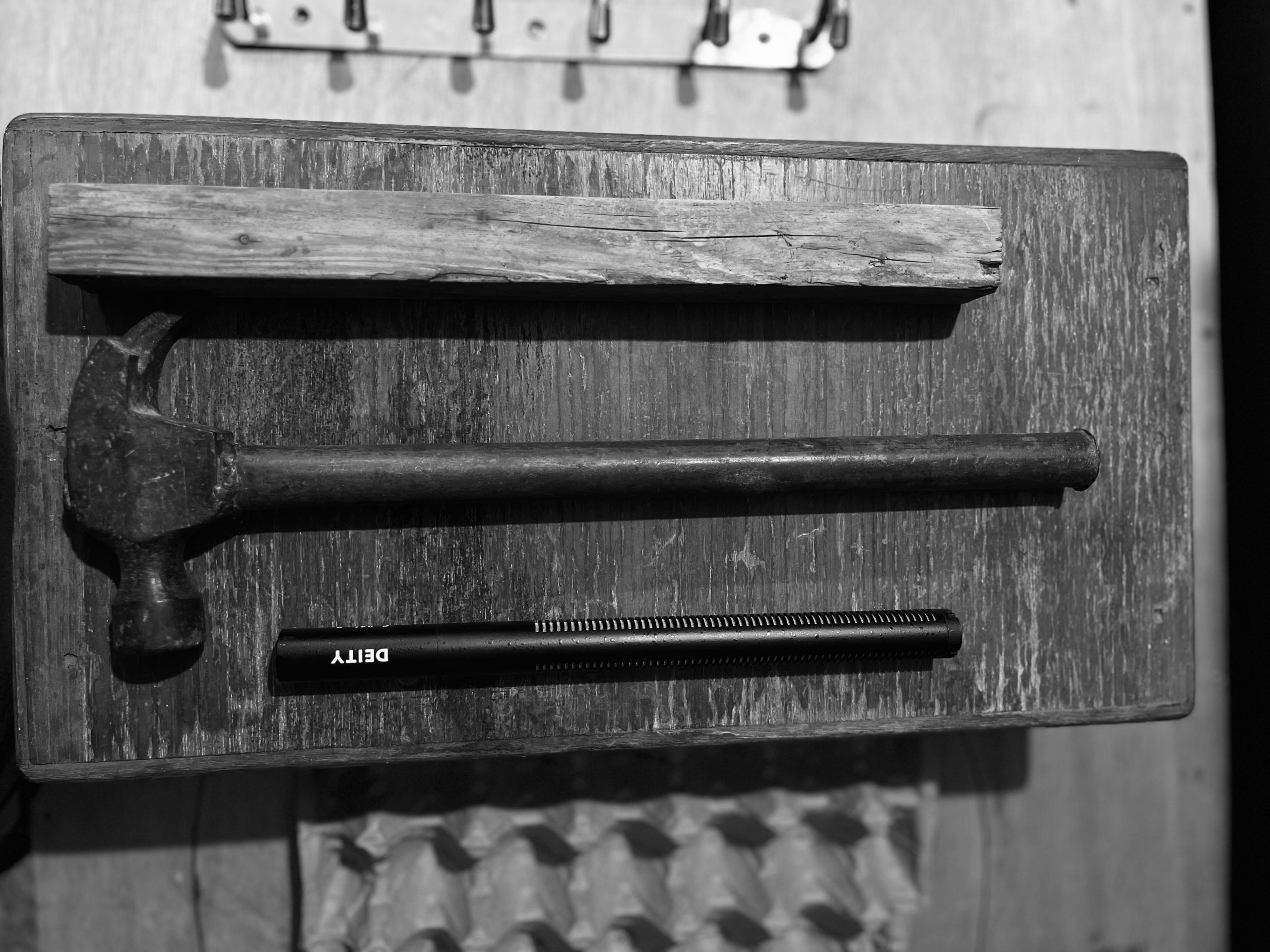Blog
May 13, 2024
Instant Impact Design With Snap Heap
Turning ordinary sounds into impactful transients involves the creative use of tools and processors. Impact Design can be tedious and time consuming.
March 18, 2024
Slam, Punch, Smash – Impacts: Spicy Game Audio Secrets(not really)
Designing my own impacts from scratch.
March 10, 2024
Crafting Sounds With Love : Junk Drawer Audio Design
Dive into the world of recording your own source sounds for game audio design.
